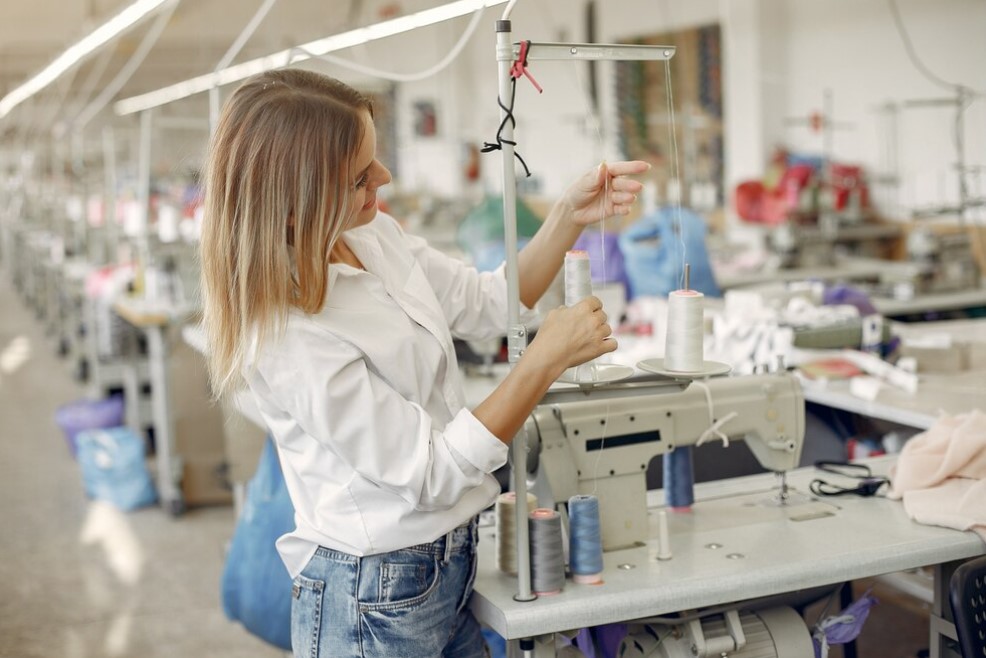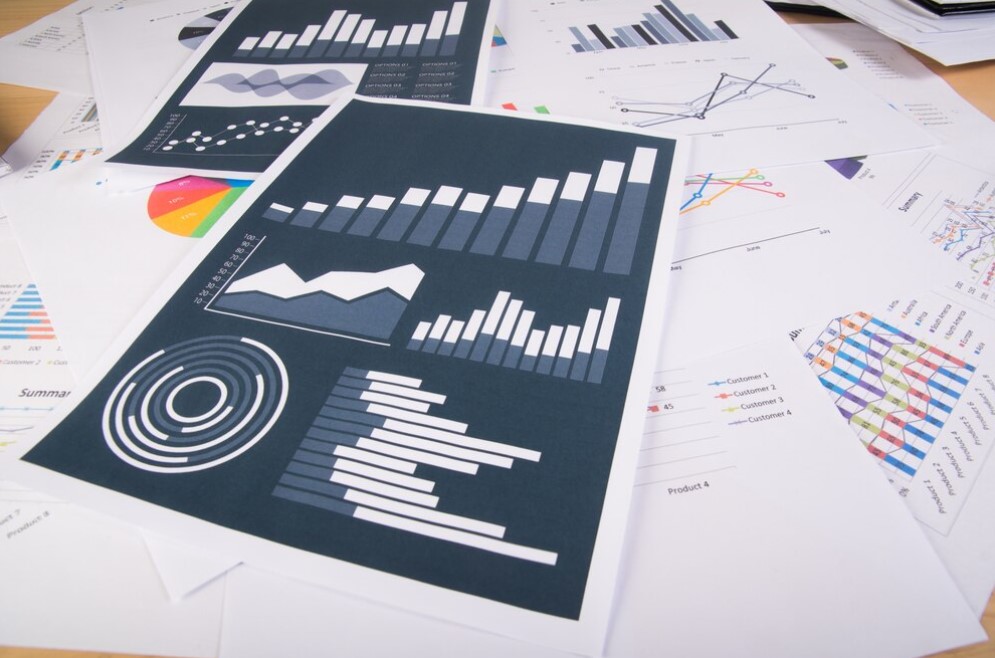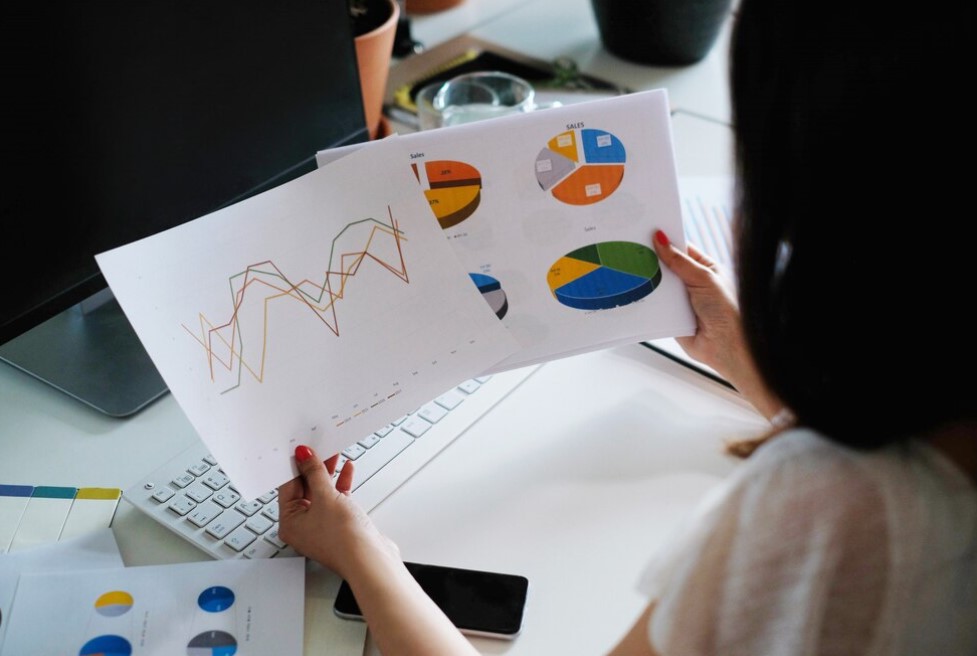The fashion retail industry is ferociously competitive even though we have more brands on the high street than ever before. Thanks to the cheap manufacturing costs and aggressive marketing campaigns, being fashionable is very fashionable. However, I would recommend that before launching your marketing campaign, you should take a look at some key statistics that will help you improve your promotional initiatives. Below I have included the most relevant statistics in the fashion industry scene of the United Kingdom to help you get a deeper understanding of the sector, analise the market and discover crucial data that might help you improve your brand presence.
Fashion Industry Statistics
- According to Caroline Rush from the British Fashion Council, the UK fashion industry has hit a record £32 billion a year.
- E-commerce clothing will reach the $450 billion figure by 2020
- Footwear growth represented 10% in 2017-2019, and in 2022 it is expected to grow 6%
- Instagram is the social media network which has the highest engagement rate for apparel with 13% #04. Top UK companies based on market capitalization are Burberry and Next with 10 billion and 7.16 billion dollars each
- Since 2002 sales of clothing have almost doubled from $1 trillion to 1.8. (Greenpeace 2017)
- The fashion industry is expected to grow with sales projected to rise to $2.1 trillion by 2025. (Greenpeace 2017)
- Fashion consumption is expected to rise by 63% from 62 million tons today to 102 million tons in 2030 according to Global Fashion Agenda 2017
- Compared to consumers 15 years ago, today consumers spend 60% more on clothing and keep those for half the time
- The average UK home spends around £1,700 on garments annually. (WRAP 2011)
- The contents of the average UK household wardrobe are worth £4,000 or more. (WRAP 2011)
- Apparel manufacturing has increased twice its production from 2000 to 2014. (McKinsey 2016)
- In the UK, the estimated average lifespan for a piece of clothing is under 2 years and 3 months. (WRAP 2011)
Monthly retail sales volume in Great Britain
As we can see in the chart above, fashion and apparel retail sales have been quite stable since 2016 with a small increase. The graph also shows the Christmas periods when consumerism really peaks up. In general fashion sales in-store have not experienced a large growth as opposed to other retail industries such as beauty.
The UK fashion industry has experienced a big growth over the last two decades, and it accounts for 5.4% of the national GDP. It employs 55000 people across the country and women’s suits account for 11% of all the sales. The UK fashion industry has experienced a big growth over the last two decades, and it accounts for 5.4% of the national GDP. It employs 55000 people across the country and women’s suits account for 11% of all the sales.
Needless to say that e-commerce keeps growing every year as brick and mortar businesses are suffering more these days. It is estimated that in 3 years times if the growth keeps at the same pace, it will reach 475 billion worldwide.
Not surprisingly the largest fashion houses in terms of its market capitalization are the Burberry Group Plc. The luxury fashion house is worth over 10 billion dollars. Next comes next in the list, the fast-fashion retailer is the second on the list with 7 billion pounds. M&S and Asos come after in that order with an estimated value of 6 billion. Other fashion giants such as the Arcadia Group and Zara do not come close to Next or Burberry who seem to have a solid market and clientele to outperform most of their competitors. In spite of being hugely popular.
Number of apparel specialized stores in the United Kingdom
Since 2017 the number of specialized fashion stores in the United Kingdom has dropped slightly from over thirteen thousand to 11,500. This drop is not significant enough to actually make any conclusion on the matter as in general fashion retail sales have been stable over the last ten years.
Needless to say that the apparel industry is still booming, thanks to social media fashion brands have been able to market their products easier than ever being able to reach to the majority of their audience at an affordable price. Although since 2016 fashion retail sales have not shown a big rise, the industry, in general, enjoys good times, partly thanks to cheaper prices from importations.
According to the advertising agency Top Media Advertising, Fashion has been growing consistently for the last 10 years and this trend is expected to keep up at a pace of 3% a year. By 2025 fashion retail and e-commerce sales would have passed the 2 billion dollar mark. This might sound a bit of a contradiction as we see on the news every day that many fashion giants like Forever 21 and Debenhams are struggling and the UK high street seems to be undergoing hard times with many companies closing down (Coast, Karen Millen) and thousands of jobs being in at risk.
Sales are going up, production is doubling up too and consumption will increase by 63% according to Global Fashion Agenda research from 2017. The upward trend will continue and it seems like the future of fashion will prosperous. Cheaper prices thanks to low-cost production from countries such as India, Bangladesh and Vietnam have created the fast fashion culture and increase in fashion and apparel consumption like never seen before.
Fast fashion has grown notably in the last two decades, and it just not about low prices any more. Branding and prestige play a crucial role in the success of a new retailer. we have moved from a more practical fashion habit to a disposable fast pace industry where companies in the high street have been competing for lower prices, creating this so-called fast disposable fashion, consumers do not buy garments for quality but for seasonal trends.
If you are a fashionista like myself, I know you are spending that much just yourself. But it is actually £1700 a year what the average home in the UK spend on clothing. An average of 27 items Britons buy a year to look good and stay warm. Americans are also big spenders with a figure closer to $1700 a year on clothing and fashion. Does it make us the best-dressed ones though?
Trends within the fashion and apparel industry that may influence U.S. employment in coming years include consolidation of businesses in the retail sector, increased use of e-commerce by consumers, improved technology decreasing the need for the garment. Fast fashion has received a positive reception in the western world. However, concerns about climate change and environmental impact have started to deeply reach our society which could ultimately influence on clothing consumption.




